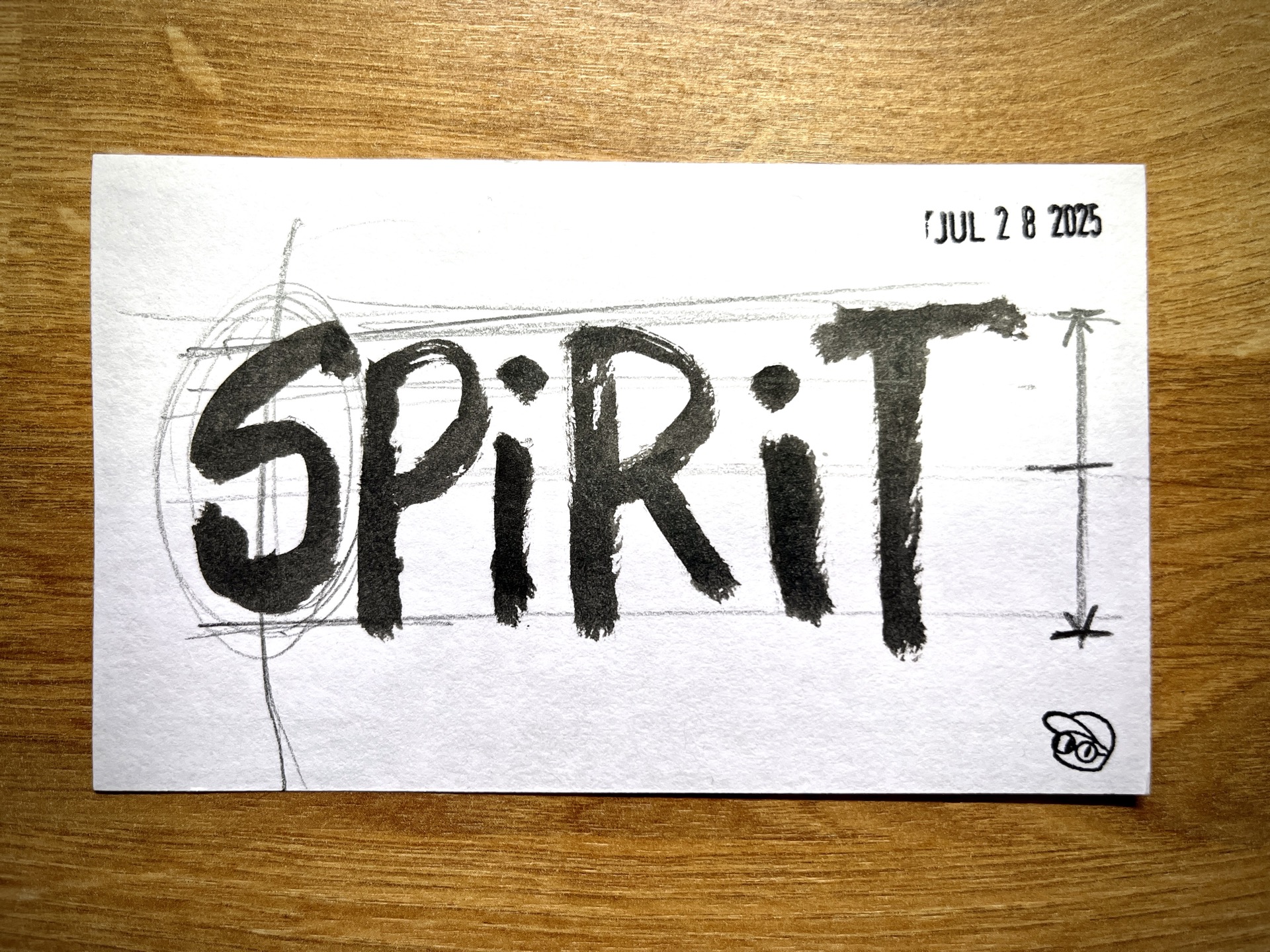About six years ago, I visited the Walt Disney Family Museum on my first trip to San Francisco.
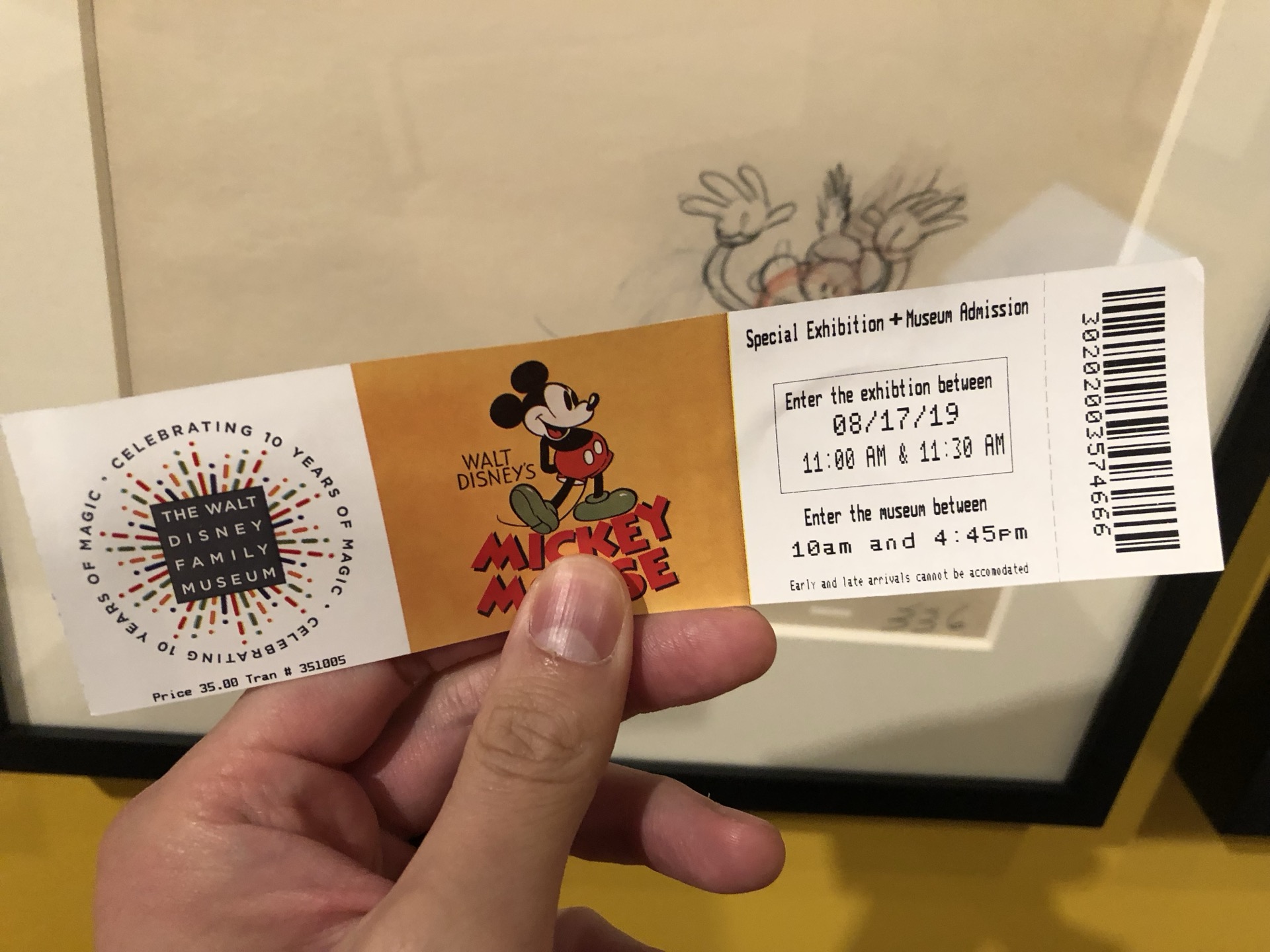
I’ve been a Disney fan for as long as I can remember. At 5 or 6, my dream was to work at Walt Disney Animation Studios. I was obsessed with the VHS tapes from Disney’s Renaissance era in the 90s — films my parents rented from Blockbuster for me and my sister.
Fast forward to August 2019. I wasn’t animating for Disney. I was knee-deep in design systems, helping WordPress solve UI consistency problems at Automattic.
As I walked through the exhibits, staring at original hand-drawn sketches, I found myself wondering:
What did “design systems” look like for Disney in the 1930s and 40s — before computers even existed?

Source of Truth
These days, there’s an obsession with having a “single source of truth.”
As if the entire universe of a rounded rectangle — a single button — must exist as one perfect artifact between design and code. A single Figma component, flawlessly translating across every coding language and platform.
It sounds beautiful in theory.
In reality? It’s clunky. It’s brittle. It’s a massive drain on time, energy, and creativity.
Because a perfect source of truth isn’t the point.
Back in the Day...
Before computers, animators didn’t rely on a single master file. They had model sheets — not blueprints, but guides. Sheets that captured a character’s proportions, quirks, and spark.
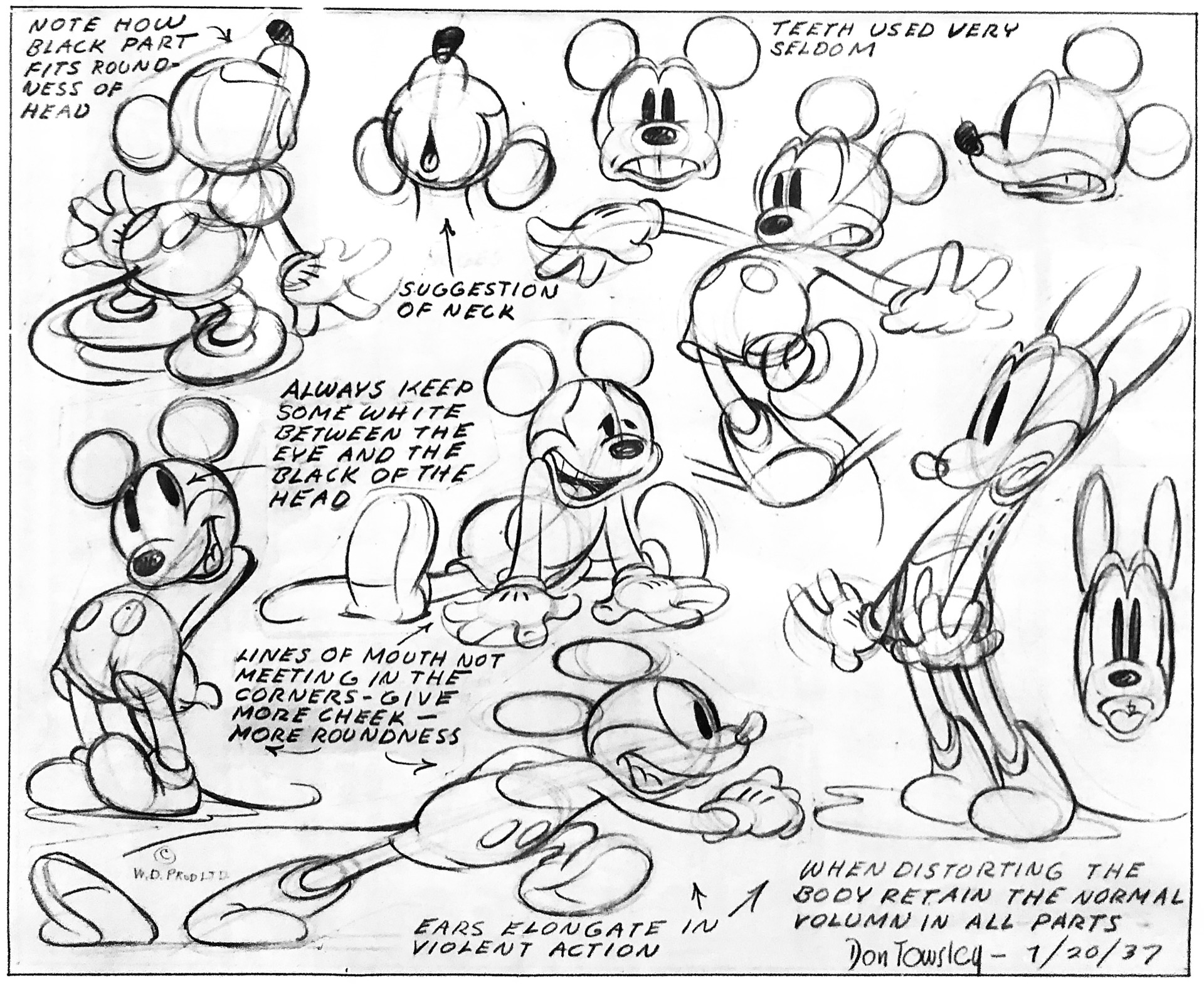
There was no single, magical file for Mickey. You couldn’t copy-paste him onto a lunchbox, a poster, and a stuffed toy.
Instead, the artists shared a deep understanding of who Mickey was. They carried that spirit into everything they made — from film reels to lunchboxes to parade floats.
Even now, with 3D pipelines and AI tools, there’s still no universal Mickey asset. Mickey keeps evolving anyway.
From the clean 3D model of Kingdom Hearts (2002)…
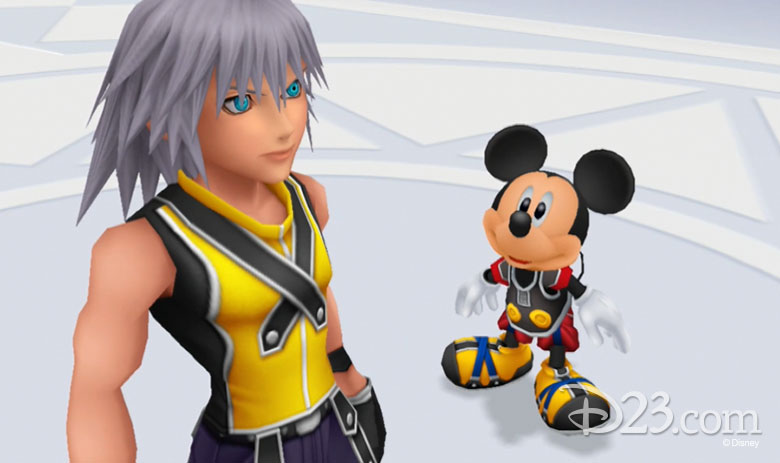
To the hyper-stylized Mickey and Friends (2013) aesthetic that nods to the 1930s with a splash of 90s Nickelodeon chaos…
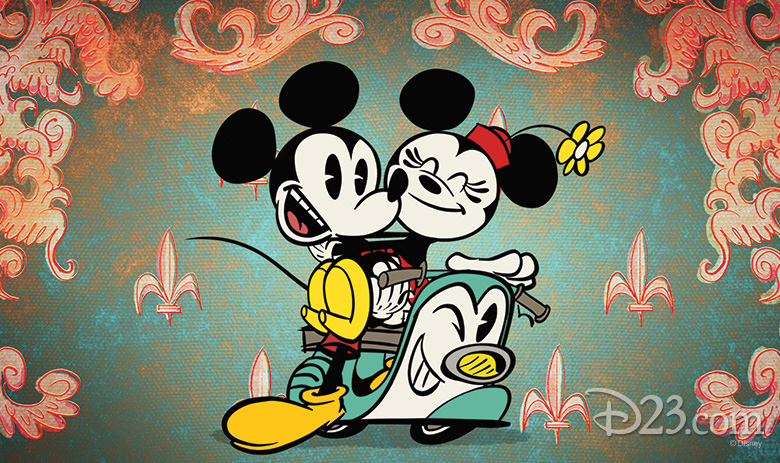
Control
In design systems, we over-index on control. We think, “If we get this one component file, it’ll just work everywhere.”
But alignment doesn’t come from locking everything down. It comes from shared understanding — from people knowing the spirit of the thing.
Disney’s characters outlived their model sheets because the sheets were never meant to be control towers. They were reference points — open-ended, adaptable, alive.
Your (design) system doesn’t need to be one file to rule them all. It needs to help everyone see what you see, so they can bring it to life in their own hands.
If that approach is good enough for billion-dollar characters…
Let’s be honest — you probably don’t need a perfect, all-knowing cross-platform setup for your buttons.
Soul
Your “Mickey” — whatever you’re building — will change. It should change. Styles evolve. Needs shift. No “source of truth” can freeze that in place.
What matters isn’t the artifact. It’s the clarity behind it. The spirit that survives every translation.
In your pursuit of greatness, don’t forget to do good. Don’t forget about the soul of the thing you’re making.
Because the magic isn’t in one perfect file.
It’s in knowing your Mickey — and bringing him to life, again and again, no matter how he evolves.
